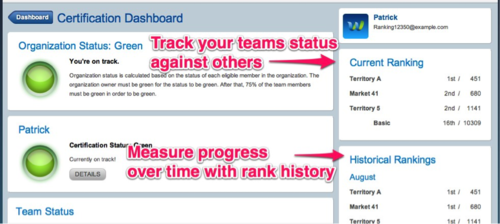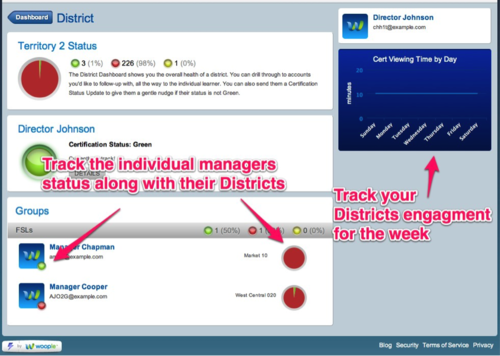Throughout the down economy, much of the discussion has focused on the plight of unemployed and underemployed Americans. It’s hard to find a group that hasn’t been squeezed—young people starting out, older workers delaying retirement, the “sandwich generation” with kids still in the nest and parents whose fixed retirement incomes leave them short. In the past, businesses outsourced crucial training first to high school vocational programs and more recently to higher education. Now, training is increasingly being billed as the responsibility of the individual worker, as big business and the government scramble to find a solution to the widening gap between the skills workers have to offer and the jobs companies need to fill.
Yet the familiar means of training are increasingly unreachable for millions of Americans. Many cannot afford the cost of going back to school because they already carry student loan debt, or were never able to afford higher education in the first place. Even those who could spare the money to go back to school have a hard time fitting a traditional class schedule into days already packed with multiple jobs or jobs at odd hours. So how are job candidates supposed to take control of their destinies and jump into a new field? eLearning is a ray of hope. It is adopted more and more in favor of older training methods that are slower and more expensive.
eLearning may bring to mind the online classes many colleges and universities have adopted, or big corporate training programs. But chances are, you already eLearn on a regular basis. Free software and other tutorials are easy to find online and have already been proven successful at teaching everything from commonplace programs like Microsoft Word and Excel, to the specialized like AutoCAD, and Maple computational software. Even if you don’t have a degree or certification, just being able to put on your resume that you have proficiency in a program or knowledge of a particular field can give you a leg up. Best of all, you can access all this information anywhere that has an Internet connection. If you are without a computer of your own, there are resources like public libraries, which you can access for free.
The huge potential for eLearning to help Americans through the recession is especially good news for the technologically savvy Millennials generation. Millennials are a hot topic of discussion right now because positions they would have taken right out of college are being filled by older, over-qualified workers caught in the job crunch.
But Millennials have one advantage, which is that they have been eLearning their entire lives, looking up whatever they need to know on the Internet and contributing to crowd-sourced information hubs like Wikipedia. They may not have the traditional qualifications of their more experienced competition, but they have a unique affinity for online resources that will help them gain much-needed skills and are increasingly important to helping businesses stay on the cutting edge.
Job candidates of any generation can take advantage of eLearning opportunities to make sure they go into an interview armed with the know-how to get a foot in the door. With a little self-discipline and technological savvy, you might find yourself qualified for a new and exciting position or demonstrate enough potential to benefit from further company-sponsored training upon hire. With so many free resources, now is the time to improve your game with eLearning.
For more information:
Can Retraining Give the Unemployed a Second Chance? By Drake Bennett



